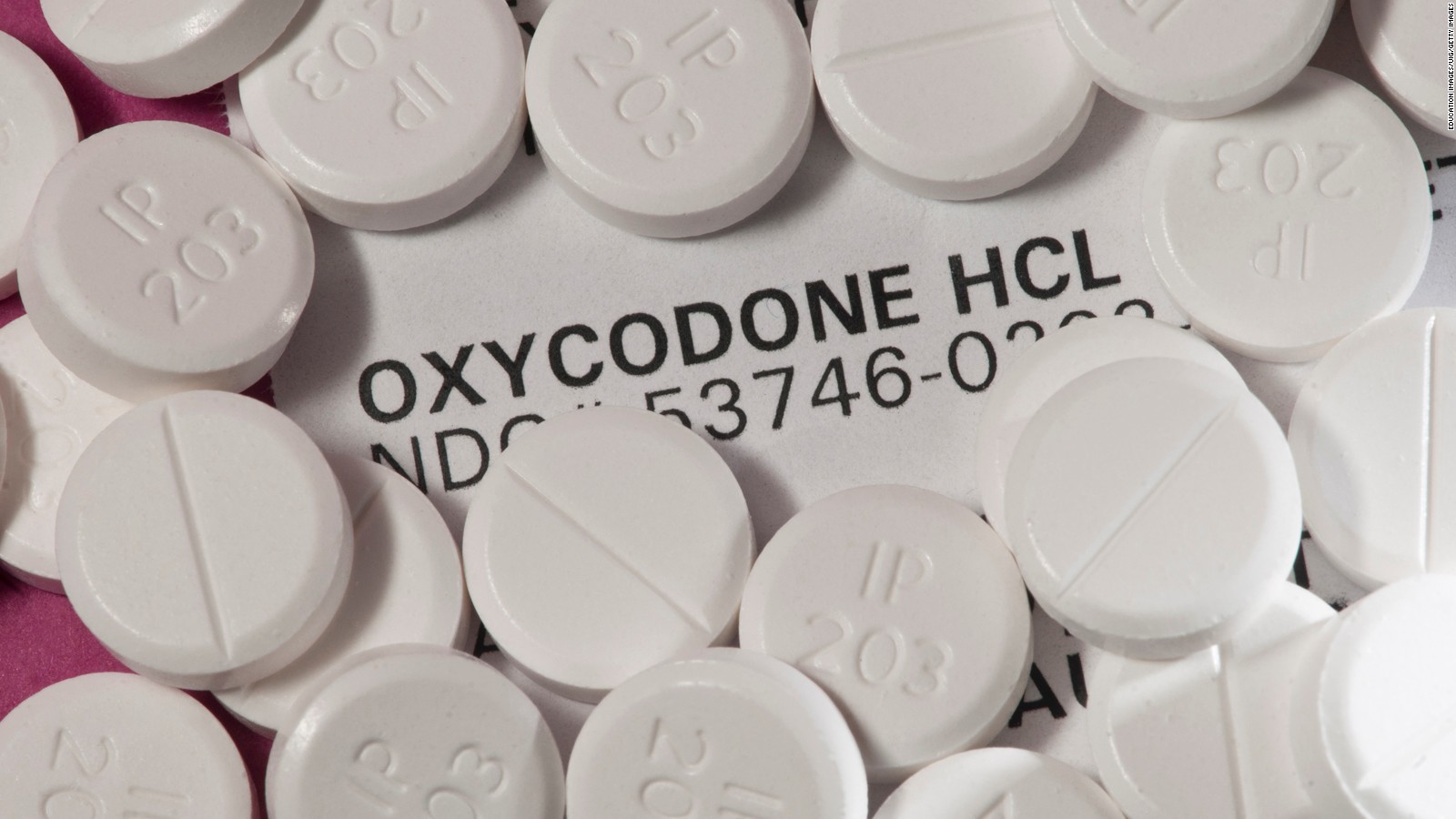Researchers analyzed visits to emergency rooms and outpatient clinics for adolescents and young adults ages 13 to 22 between 2005 and 2015 using data from two national surveys conducted by the National Center for Health Statistics, a division of the Centers for Disease Control and Prevention.
Over the 11-year study period there were more than 78,000 visits to emergency rooms and outpatient clinics, with 15% of ER visits and 3% of outpatient clinic visits resulting in an opioid prescription. The rate of opioid prescription in emergency rooms decreased by approximately 4% from 2005 to 2015, but did not change significantly in outpatient clinics, according to the results published Tuesday in the journal Pediatrics.
"To be frank, these were numbers that surprised us a little bit with how high those numbers were," said Dr. Joel Hudgins, clinical instructor at Harvard Medical School and Boston Children's Hospital and lead author of the study.
Since 2015, the last year of data included in the new study, Hudgins said opioid prescription rates may be continuing to go down in emergency rooms, although slowly.
Some conditions prompted an opioid prescription more often than others. For teens, visits for dental disorders resulted in a prescription in 60% of the cases, followed by 47% of the cases for collarbone fractures and 38% for ankle fractures. For young adults, dental disorders also led the list at around 58% prescription rates, followed by low back pain at 38% and neck sprains at 35%, according to the results.
The numbers are "strikingly similar" to what happens in adult emergency departments, said Hudgins.
"There are national guidelines on opioid prescribing for adults, and that really helps prescribers know how long, what the right duration is, and what the right opioid is, and things like that," said Hudgins. "There really aren't those guidelines, or at least not at the national level, for adolescents and young adults."
Teens and young adults are at particular high risk for opioid misuse, Hudgins explained, and opioid prescription in this age group has been linked to future long-term opioid use, he added.
As the country battles the opioid epidemic, this age group has not been spared.
A study published last year showed the number of pediatric patients admitted to the hospital and to intensive care units following opioid overdoses doubled between 2004 and 2017. Another study found that from 1999 through 2016, there were nearly 9,000 pediatric deaths attributed to opioids, with the mortality rate for youth due to opioid poisonings nearly tripling.
"I'd really like to see specific recommendations and guidelines for people who are prescribing," said Hudgins, who is also an emergency room physician.
As for parents, he recommends asking about the need for an opioid prescription, the risks of it, advocating for the minimum dose and duration needed and discussing with healthcare providers how to best dispose of unused opioids.
"Opioids hanging around the house is bad news," he said.
Bagikan Berita Ini

















0 Response to "Doctors and dentists continue to prescribe opioids to teens and young adults at high rates, study says"
Post a Comment